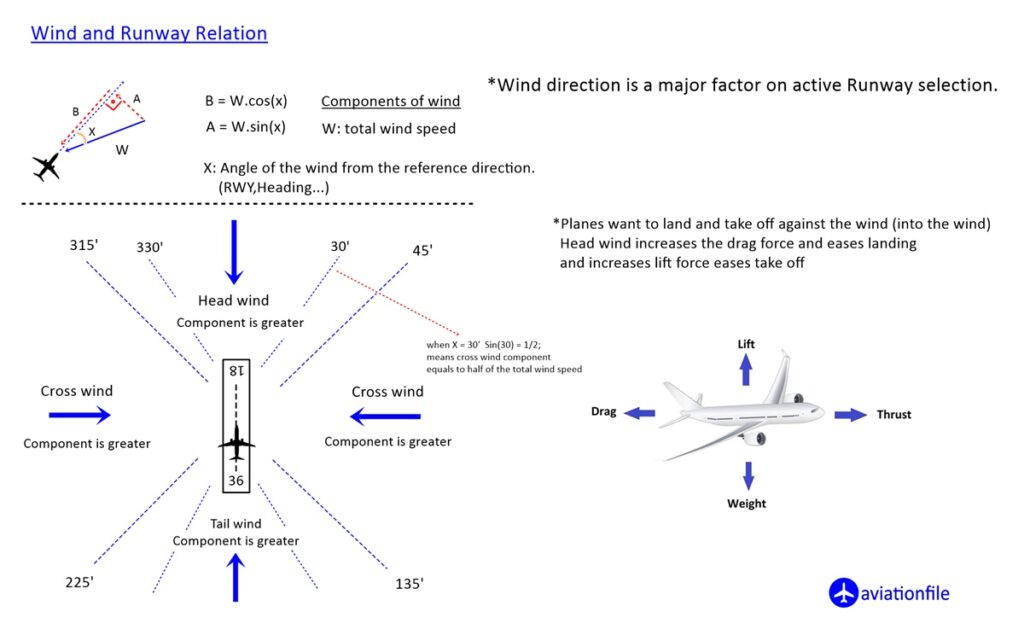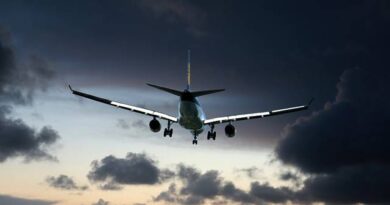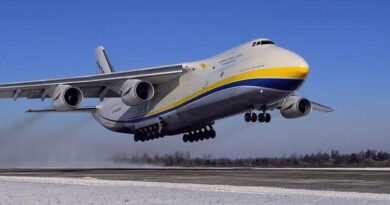Runway and Wind Relation
Airport operations are dynamic and are carried out by evaluating many variables together. For example, the runway in use in airports is generally decided by the Air Traffic Controllers working in the Aerodrome control unit by evaluating all the variables. One of the most important variables taken into account when choosing the runway in use is the wind direction and intensity. At this point, we can say that the relationship between the runway and the wind is important.
Airplanes prefer the wind to come from the opposite direction during takeoff and landing. Opposite wind during landing increases drag and makes it easier for the aircraft to stop. In addition, it increases the lift force during take-off and helps the aircraft to take off at a shorter distance.
In addition to all these, planes can of course land and take off when the wind is blowing from behind. Moreover, sometimes due to some reasons such as geographical reasons, meteorological conditions, and navigation aids, planes may have to land and take off with the wind blowing from behind. However, many airlines have some limitations on tailwind. Companies can prohibit landing and take-off with tailwinds above a certain intensity like.
Why Does Wind Matter?
Airplanes are most maneuverable and stable when taking off and landing directly into the wind. This is because a headwind:
- Increases lift during takeoff, requiring a shorter runway distance.
- Provides additional drag during landing, aiding in slowing the aircraft.
The wind is named in 3 different ways according to the relationship between the runway direction and the direction of the wind. Headwind, Tailwind, Crosswind. You can see the relationship between the wind and the runway in detail in the graphic below.

Safety First
Wind is just one factor considered by air traffic controllers. Other elements like visibility, runway length, and aircraft type also play a role. Ultimately, the goal is to select the safest and most efficient runway configuration for the prevailing conditions.
By understanding the runway and wind relationship, air traffic controllers ensure a smooth and safe journey for pilots and passengers.
Resources for Further Reading:
- Federal Aviation Administration (FAA): The FAA’s Air Traffic Control (ATC) manual provides a detailed chapter on runway selection, including wind considerations: https://www.faa.gov/be-atc/toolkit
- SKYbrary Aviation Safety: This website offers a clear explanation of wind velocity reporting, crucial for interpreting wind information relevant to runway use: https://skybrary.aero/articles/wind-velocity-reporting
- International Virtual Aviation Organization (IVAO): The IVAO documentation library provides a pilot’s perspective on selecting a runway based on wind conditions, offering valuable insights for ATC: https://wiki.ivao.aero/en/home/training/documentation/Select_the_runway_for_take-off_and_landing


